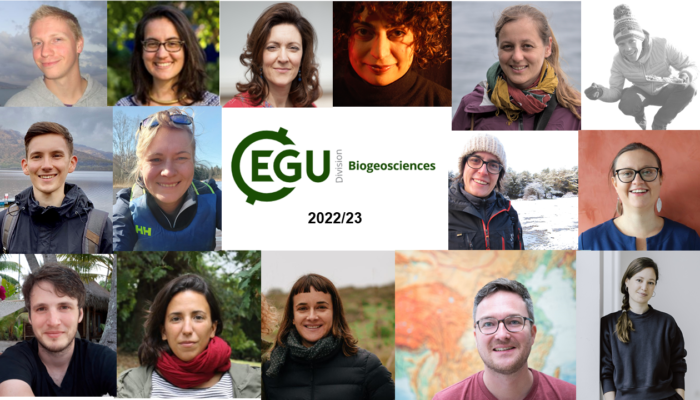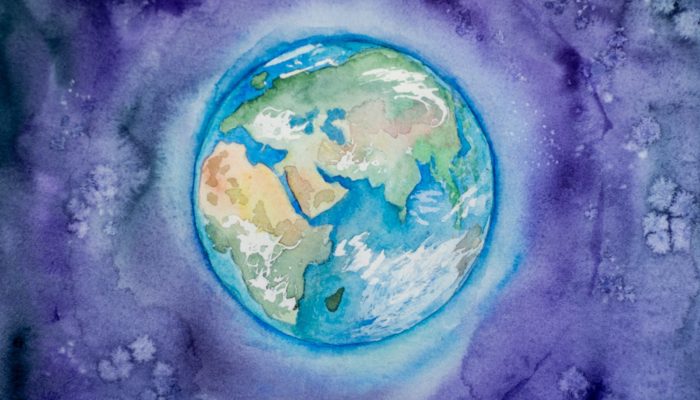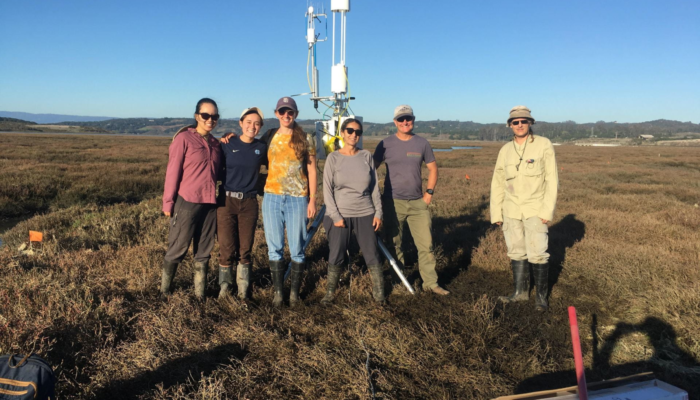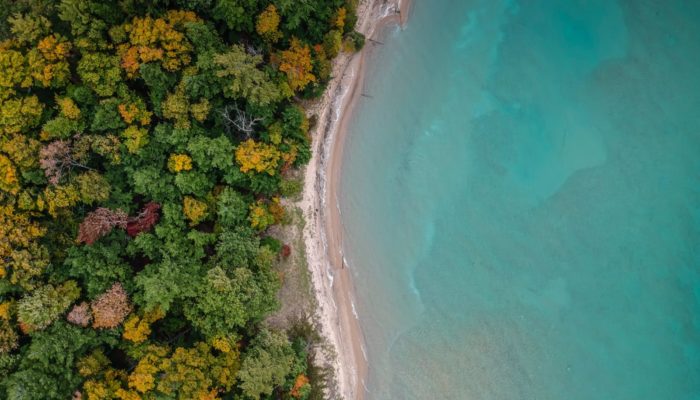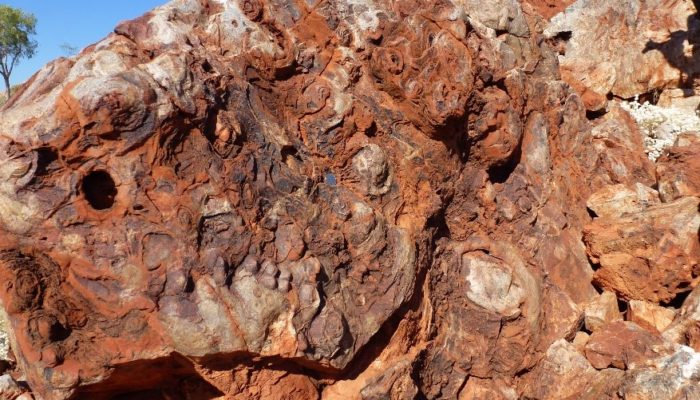Spatial and temporal changes in environmental conditions over billions of years have driven the evolution of diverse microbial, fungal and plant species that have shaped the ecosystems, atmosphere and climate of our Earth system. Understanding the function and resilience of organisms and our biomes in response to climatic change and their complex feedbacks requires knowledge of its component parts ...[Read More]
Eco-Omics: Harnessing meta-omics to understand the biogeosciences across scales: from the cell to Earth system.



